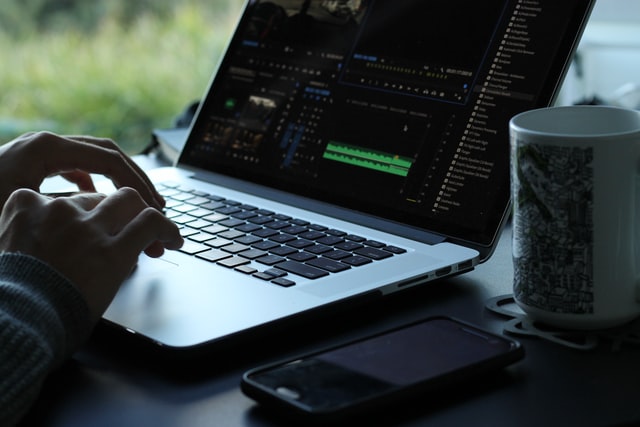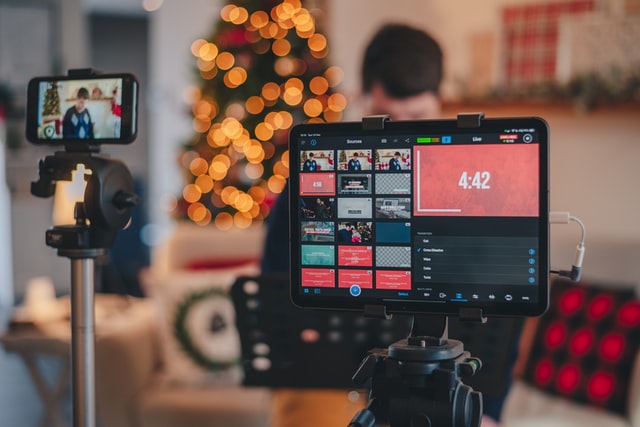YouTube is one of the few video sharing platforms so creator-friendly and content-driven that it allows users to take control of monetizing their videos.
YouTube has a partner program and built-in advertising system that allows creators to start making money quickly, especially once they have established a viewership and lots of subscribers.

In order to qualify for YouTube’s Partner Program, you need to understand and follow a few of the YouTube monetization rules. These are:
- At least 1,000 subscribers
- At least 4,000 public watch hours in the last year
- Accept terms and conditions
- Create a Google AdSense account
- Wait for review and approval
- Follow YouTube Community Guidelines
After you have applied for monetization eligibility on YouTube, it will take about a month for their team to review if your application follows the YouTube monetization rules. If you are rejected, you still have 30 days to reapply.
As a creator, you receive 55% of Google AdSense advertising revenue, and YouTube takes the other 45%.
For Super Chats and Channel Memberships, you receive 70% and YouTube takes 30%. You need to make at least $100 before YouTube sends the money to your bank account.
Understanding these basic YouTube monetization rules is enough to get you started profiting off your content, but there are more steps you can take to optimize growing your influence, reach, and now, your online business.
The average YouTube pay is between $.001-.004 for an advertisement view, which means typically $3-4 per 1,000 views. This income is generated from Google AdSense, which is why one of the YouTube monetization rules is to have an AdSense account.
YouTube shares some of its subscription revenue from YouTube Premium accounts with video makers. So you don’t need to only make money off of ads, you can make money off views alone if they come from YouTube Premium accounts. YouTube takes 45% of a creator’s Premium earnings.
Beyond YouTube-driven monetization, there are still other ways to earn money from your content. Don’t forget about crowdfunding, selling merchandise, and using all your platforms to market your products and services- that includes consultation and freelance work!
However, for YouTube monetization, don’t forget that any video using music which you don’t own the copyright to will be flagged and banned from monetization eligibility.
Make sure you have access to incredible royalty-free catalog like Loudly, where you can also customize the tracks and add them to your video. Do you need help in selecting which track is the best fit to your video? We've got you covered with our AI recommender.



